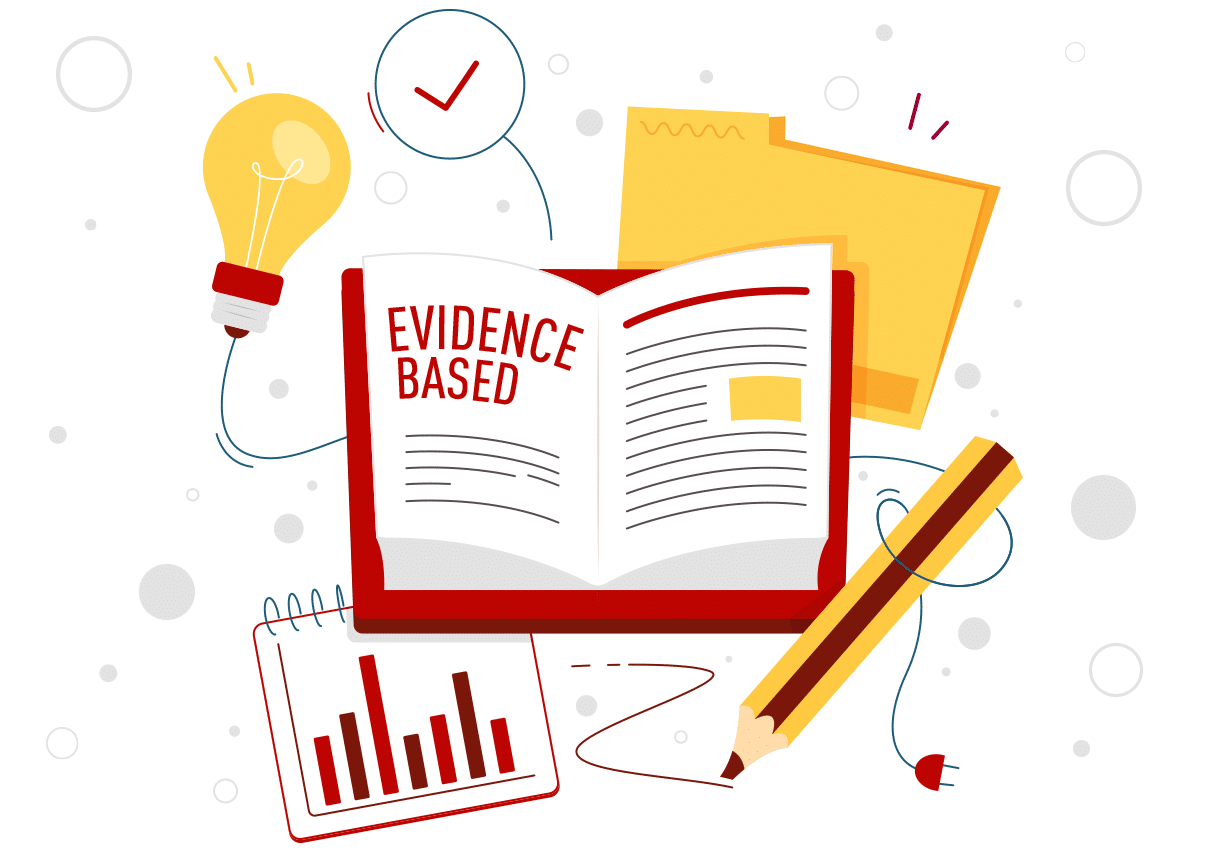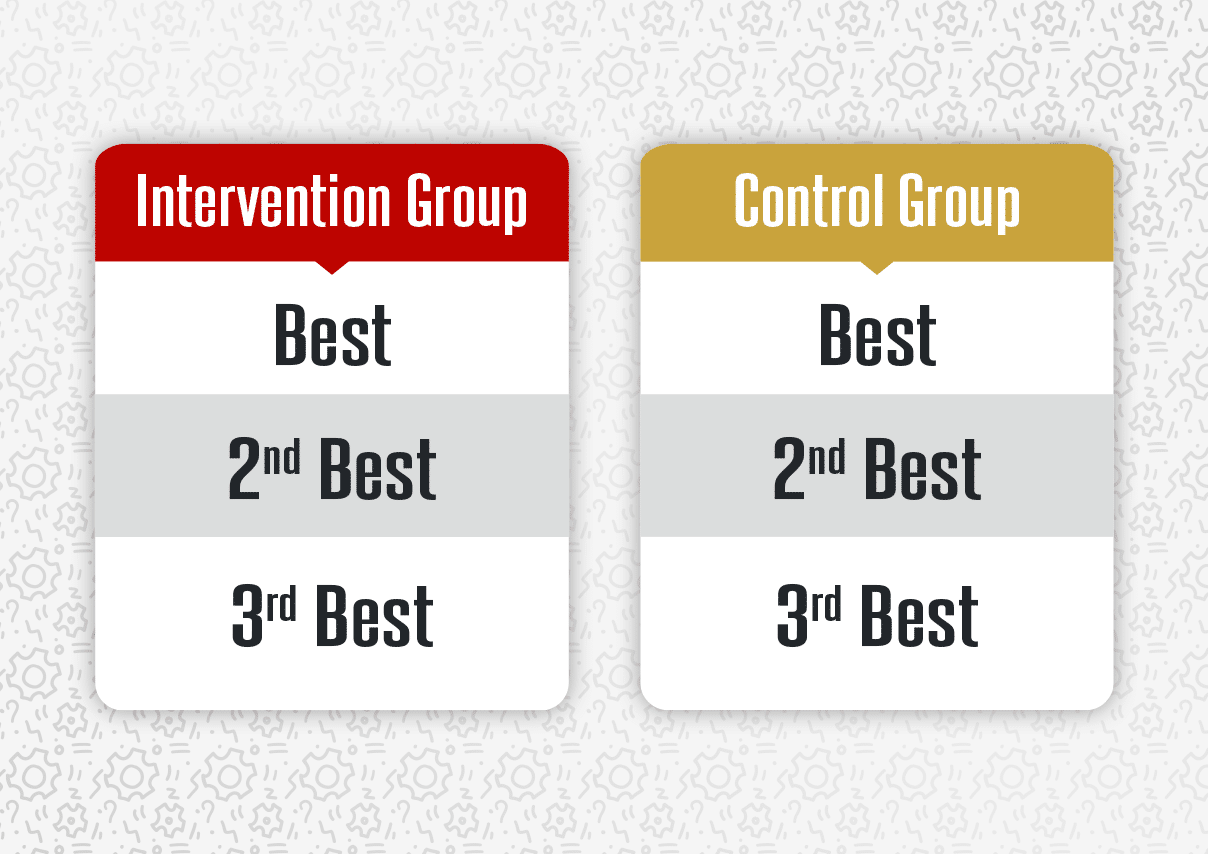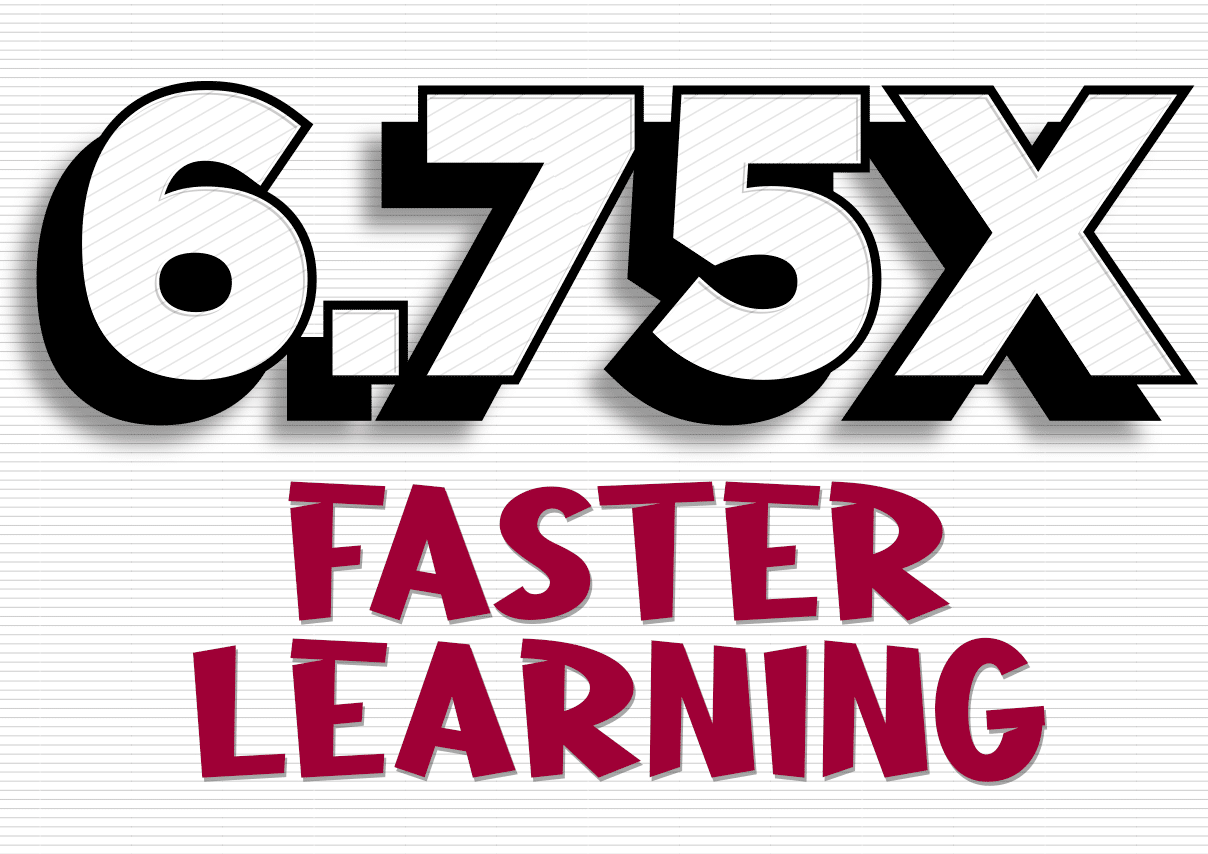What To Consider
Improved Weekly for 14 years
Why you should consider using reading on Rails™
consideration
Six Reasons Your District Should Consider Reading On Rails™

reason NUMbER ONE
It’s Evidence Based (seriously)
Reading on Rails™ is already “evidence based” –and the evidence in hand is exciting. By the end of first grade, students who got our supplement were decoding about 2.4 times faster. Even though Reading on Rails™ doesn’t teach sight words explicitly, supplemented students learned these words about…
- Reading on Rails™ is already “evidence based” –and the evidence in hand is exciting: By the end of first grade, the students who got our supplement were decoding about 2.4 times faster. Even though Reading on Rails™ doesn’t teach sight words explicitly, supplemented students learned these words about… 3.6 times faster during their first two years of supplementation. Reading on Rails™ students made about 1/4th as many decoding mistakes as students who relied on Orton Gillingham alone. Together, fewer mistakes and higher fluency mean higher comprehension. Reading on Rails™ was developed over a ten-year period at a private school. It was tested at a public school. Reading on Rails™ stores complete records for each reading group. Those records predicted most of our results in the comparison study, but the results obtained by the inattentive students were much better than predicted. Learn about that under “Reason 2: Teachers Can Fight Inattention.”We definitely need more data on ESL students, but the results for a small set of Hispanics were encouraging. The fact is, Reading on Rails™ trounced Orton Gillingham in a “Balanced Literacy” environment. Our study protocols are available for inspection. You can even field a duplicate study when the time is right. We’ll help.
Contact Us


reason NUMBER THREE
It’s Battle Tested
Reading on Rails™ was developed in a private school but tested in a public school. You can read about those results in our first two reasons for considering adopting Reading on Rails. The public school was an inner city “majority minority” school that earned a CCRPI score of F—just…
Contact Us


reason NUMBER FIVE
You’ll be able to justify ever step of the rollout.
Evaluating Reading on Rails™ doesn’t require “experimenting on children” to gather the data that will justify each program expansion. Most districts start with…
Contact Us

reason NUMBER TWO
Teachers Can Fight Inattention (effectively)
school number two, we set up two student groups. Only one
group got our reading supplement. After two years, all students
were ranked by their scores on a comprehensive decoding test.
Ranking allowed us to compare students with similar aptitudes.
The results showed that many Reading on Rails students were outlearning
their matching peers by 300%, 600%, 1600%,…
Large differences were expected: Since the average student in the supplement group was learning about 7 times faster for 15 or 20 minutes out of each two-hour reading block, students in the supplement group were expected to do about twice as well as their peers—not 17 times as well!
The students who saw unexpectedly large gains also had
attention issues and often had behavior issues. Reading on
Rails™ was mitigating the attention problems to an astounding degree—and attention problems turned out to be very important inside reading groups: It all boiled down to normal eye behavior.
Groups Of Students Who Are Attentive, But Have Low Reading Aptitudes
When many words are displayed simultaneously, a student who is focusing on his own book or the teacher’s screen… may not be focused… on the word being spoken at the moment. Looking at an illustration of a park—or the word dog—when a strong reader says “cat” teaches the weaker reader nothing about the sounds made by the letters in “cat.” Each child must be focused on the one word that is being pronounced to learn phonics in that moment. Weaker readers often lose their place as their eyes saccade naturally (flit around the page or screen automatically). Once lost, weak students have great difficulty catching up to the class because they can’t tell the difference between the words dog, cat, and ran, by reading them quickly.
Highly Distractible Students
When words appear one after the other, each successive
appearance draws the eyes of all the students in the group—
reflexively and involuntarily. If a student’s attention is on his clothing or a buzzing fly, directing his attention back to the screen is sufficient because the next word’s appearance in the student’s peripheral vision triggers an ocular reflex that attracts the student’s gaze to the word being pronounced automatically. In the most distractible reading groups, the command “watch
Contact Us


reason NUMBER FOUR
No Software Required
Reading on Rails™ works well in leveled reading groups of 3-5 children and can be implemented by a talented paraprofessional with good computer skills. There’s no software to evaluate, buy, …
Contact Us


reason NUMBER six
Raw Teaching Speed Means Lower Frustration
A typical Georgia reading program entails about 1200 hours of instruction between kindergarten and third grade, but our data says the vast majority of your students can reach a late third grade decoding…
Contact Us
consideration
Comparison Study Results
After analyzing the data from the comparison study, we obtained results that aligned well with our projections based on the reading-group performance records accumulated during the reading program’s 14-year development. At this point, most scientists would call for more data (and we agree), but the fundamental conclusions are not in doubt: Additional data will simply increase the precision of our numbers, driving them slightly lower or slightly higher. Here are the highlights:

Over 3 Times Faster
In the first four months of kindergarten, the Reading on Rails™ group learned to recognize three times as many sight words as the control group did.
At the end of two years, our students recognized 3.6 times as many sight words as the students in comparison group did.

About 7 Times Faster
After two years, it was clear that the students were learning common letter patterns (like i-n-g & t-c-h) between 6 and 8 times faster per hour of instruction.
In the end, our 20-minute supplement acted more like an extra two-hour reading block.

88% Mistake Reduction
Despite reading under half as fast, the students in the comparison group (controls) were 4.5 times as likely per speech sound to substitute a letter name for a letter sound.
They were 4.7 times more likely to imagine sight words: “dis” became “do-is” and “ot” became “to.”

Almost 3 Times Faster
Ever test section was timed. At the two-year mark, the Reading on Rails™ students were decoding 2.4 times faster than the students in the comparison group.

5 to 50x More Attentive ?!?
Because the serial display of each word triggered an ocular reflex that focused distracted students on the right word at the right time, the Reading on Rails students learned far more than their peers in the comparison group. -But there’s a math issue…
The Math Issue
If a control scored just 10 points out of 500 (2%)—and his Rails match scored 100 points (20%), the Rails student learned 10 times as much before 2nd grade. That’s misleading because 100 points is just 20% of 3rd grade proficiency. The slowest students might not reach high proficiency before 4th grade. There will always be a pool of students who are learning too slowly to become strong readers. Reading on Rails makes that pool much smaller.
results
Numbers You Can Take To The Bank
After two years of Reading on Rails™ supplementation, the Reading on Rails™ first graders were a full year ahead of the control group. This gives us new figures. The pull-out lasted only 20 minutes per day. Let's walk through the math.
-
-
- One hundred percent ahead after two years, gives us 50% faster in each of 2 years.
- Fifty percent faster each year gives us a coefficient of 1.5. (0.5 would be 50% slower.)
- Multiplying that coeffcient by 6 (the number of 20 minute periods in one hour) indicates the Rails kids were learning 9 times as fast, ..
- At the very end of the study, I learned that the kindergarteners in the control group didn't begin studying phonics until half way through their kindergarten year. That means the control group got only 75% of the instructional time, so we have to multiply 9 by 0.75 to be mathematically fair to the control group. 0.75 x 9 = 6.75. That is, the numbers suggest a 6 to 7 fold increase in instructional efficiency. Not bad.
-
How much better is Reading on Rails... all told? Well, poor reading outcomes probably get cut in half. If we multiply seven times faster by twice as certain, we get 14 times better. That’s a 14-fold increase in teaching effectiveness that comes with far fewer decoding mistakes, less frustration for everyone, faster decoding, and higher comprehension."
Implementation
Lie Berry
Certain types of reading errors pop up over and over. "Lie Berry" (library) is a good example. An error analysis conducted during your optional controlled study will spotlight these errors, count them, and show how to minimize them. Here are two examples of common decoding mistakes that can be prevented easily.
.
Why Ello? Why Not?
There's a serious type of reading mistake we need to understand. These mistakes come from telling children to say "aitch" when they see an H instead of telling them to say /hh/ when they see H. One of those two sounds is a letter name and the other sound is a speech sound. Here's a sample mistake: A child reading the word yellow, might say "why ello?" That's a big blow to comprehension. By second grade, mistakes like these have begun to irritate and frustrate students. There are 26 possible letter name mistakes. That's 26 wrong answers thoroughly memorized as reading instruction begins. Why Ello? Why not?

Despite decoding less than half as fast, the controls in our study made almost five times as many letter-name mistakes at the end of first grade. A six-letter word provides six opportunities to make a letter-name mistake.
Promoting "Dis" -Ability
The reason we want to make sure that all children can pronounce the letter pattern d-i-s, is that this letter combination is found in words like discover, distinction, discard, distinguished, distal, disadvantage, disappoint, discuss, disarm, and over 1000 others.
A child who looked at "dis" and said "do is" instead would have trouble reading over 1000 different words. During testing, one of the students in our control group actually did this. The student was simply recalling a sight word he had memorized. In fact, he remembered two at once!
In both adults and school-age children, these substitutions happen about once per paragraph. These substitutions are somewhat random with respect to the letter content of the words on the page: A 4th grader who wasn't part of the study looked at y-o-u-r and said "I." What is most striking about the phenomenon is that the words being substituted for those on the page are almost always other sight words. A student might look at "run" and say "it," but he generally won't say short words that weren't being memorized, words like "lug," "pry," "rum," and "thaw."
Ordinary reading tests do not measure this problem with any precision. Some students appear to be mostly immune to this problem. We know how to measure the extent of this problem in your district.
In our study, the controls were 4.7 times more likely to recall sight words that weren't there. We need better data, but so far this reading disability appears to be fairly wide-spread in adult Georgians.
Typical Ramp-up Process
Start Small and Ramp Up


Phase I
Reading on Rails™
An informal after-school program is a great place to test Reading on Rails. The teacher or para chosen should have good computer skills. His or her impressions and the student records Reading on Rails™ gathers over time will gradually clear the path to pilot expansion.


PHASE II
Expansion
The next step is expansion. Medium sized districts may choose to train more after-school teachers. Small districts will begin using it in summer-school reading groups. Both types of district will get the expected results and many new reading specialists.


PHASE III
Study
Then it's time for a serious controlled study. Cautious districts may want to do a small study and then a large study. Consulting with a good statistician may reveal that the larger study can be skipped because the changes are so large. Either way, no one will object to a district wide roll-out after one or two studies. This penultimate step will also identify counterproductive teaching practices that were holding your district back.


PHASE IV
Full Supplement Rollout
We begin the final phase by eliminating any counterproductive teaching practices identified in the comparison study and starting advanced training for teachers that makes them even more effective. Reading on Rails™ training for mothers of low aptitude children may also be practical.

